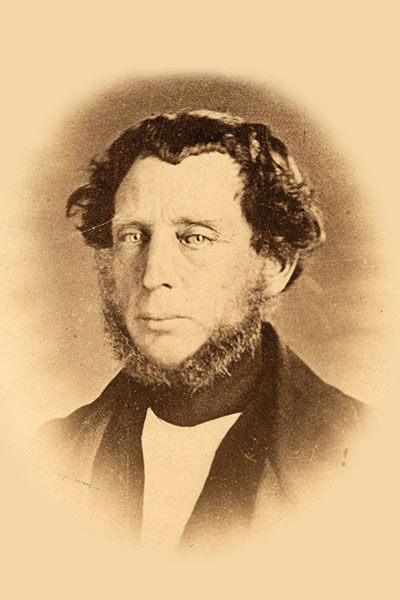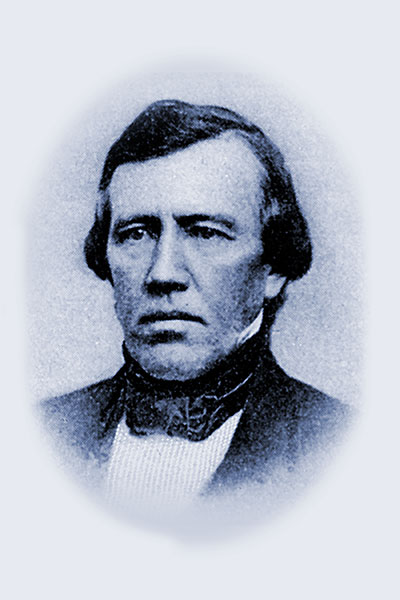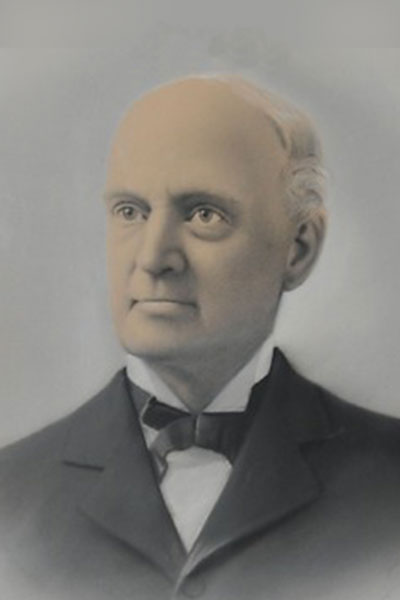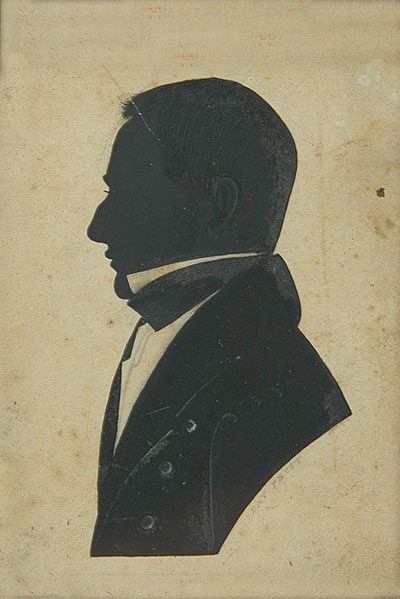 MENU
MENU
 MENU
MENU
 Pliny Moody
Pliny Moody
|
 Native American
Native American
|
 Edward Hitchcock
Edward Hitchcock
|
 Dexter Marsh
Dexter Marsh
|
 James Deane
James Deane
|
 Roswell Field
Roswell Field
|
 Benjamin Silliman
Benjamin Silliman
|
 William Draper
William Draper
|
Click the names to hear why each man claimed credit for the discovery of the fossil footprints. The statements of Pliny Moody, the Native American, and William Draper are based on historical records. The other statements quote what each man actually said.
In 1835 New England, many people knew about fossilized bones, but footprint impressions found in sidewalk flagstones in Greenfield, Massachusetts, were a tantalizing new mystery. Everyone agreed they looked like turkey tracks, but how did footprints get into rock buried deep in the sandstone? What creature had made them, and when? Where did the track makers leave their bones?
As the footprints began to take on status as scientific objects, more than one person wanted credit for discovering them. The benefits of being the first to discover, create, or prove something are very real: prestige, power, patents, prizes, fame, and opportunities for further interesting work. Generally, scientific credit goes to whoever publishes first, but disagreements are not uncommon, so there is a special name for this kind of argument: "priority dispute".
Click on the faces on this page to find out why each man thought he should get the credit for discovering the "fossil bird tracks" in the Connecticut River Valley. As you go through the chapters, look into the Dig Deeper gallery to read the journal articles and letters among the men involved in this argument. Keep their claims in mind and at the end of the story you will have a chance to vote for the one you think deserves the credit.